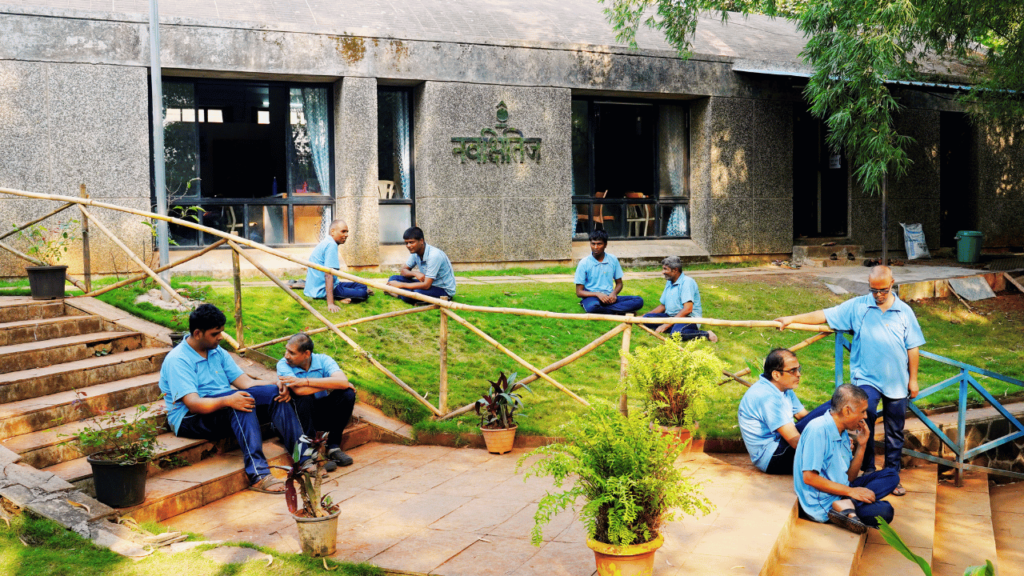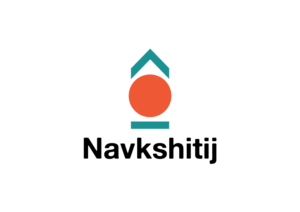
Written by Dr. C. R. Desai
WE had learnt a new word: needs analysis. What was the need to establish residential homes like Navkshitij? What we learnt was staggering.
Stunning statistics
Data showed that one in two hundred children is intellectually disabled (ID). Simply put, there are about 70 lakh individuals in India who need a home like Navkshitij. 70 lakhs! We could not believe it. We pulled data from around us. There are 2,800 IDs in Pimpri-Chinchwad and 6,000 in Pune. The figures were just staggering. It stunned us.
Lost resources
The family structure in India has changed from joint families to nuclear families. In joint families, 15–20 people stay together; it is possible to imagine that the ID would be taken care of in this large family. Problems multiply in a nuclear family. In most nuclear families with an ID child, we see that the mother, though qualified, has to give up her vocation to look after the child. Society loses the services of one functional resource. There has to be someone to take the child to the special school and bring him/her back. Once back at home, someone needs to be around for the ID. Keeping the child fruitfully occupied the rest of the time and on holidays is another challenge. Then there are therapies—occupational therapy, physiotherapy, speech therapy, dance, music and so on. As parents, we have done it. With both parents working, as in our case, the mother has to be a wizard at multitasking.
There are many special schools that teach life skills and communication skills and also impart some vocational training. The pattern is more or less the same. Children are taught to make candles, lanterns, agarbattis, paper bags and so on. Some of the items can also be sold, but the sale of these items barely covers the cost of the raw material used. Most children do not progress beyond these skills. By the time the child becomes 18 or 20 years old, the schools cannot allow them to continue because younger children are waiting to be admitted. There are no records that show what happens to the IDs after this age. We talked to many parents whose ID child was above 20 years.
Harsh truths
After an initial show of bravado, the parents opened up to us, especially when we told them that we were parents of a special child. Some mothers just sighed and said, “I just hope that this child dies before me. I can’t imagine anyone else taking care of my darling.” We understood; we had been through it. In a village near Khed, there was a family in which both parents were farm labourers. “We have to go to work just to make two ends meet,” they said. They would leave their darling at home with something to eat and lock the door from outside until they returned. They could not leave the child with anyone.
In the cities, the normal scene is that of a tired mother doing her daily chores, with the ID following her around, constantly hounding her with repeated questions. Some IDs do help with housework. Of course, they spill, break, trip and fall, but the mother knows how to handle it. The rest of the day is generally in front of the TV, with some snacks strewn all over.
The ID starts putting on weight. The hormones are flowing; the child is restless. It is not safe to send them out, especially girls. Boys at that age, if sent out unescorted, get into wrong company and cultivate bad habits. Some of them are tolerated in some groups but generally end up being the butt of jokes and pranks. They come back mentally bruised; sometimes physically too. Behavioural problems escalate. They become irate, stubborn, demanding and even violent. The boys are fully grown physically; the parents are ageing. Boys, and some girls too, start dominating and becoming physically aggressive. The parents can’t hit back unless they’ve crossed a limit; after that, they have to use the stick. The atmosphere is constantly tense. Very often, the neighbours hear the commotion but no one can do anything. Society, at large, is blissfully unaware.
Sibling struggles
Siblings of IDs have a very tough time. Their freedom is restricted. Often, they are embarrassed by the behaviour of their sibling. Some of them slowly distance themselves from the situation at home by going out to study and then settling in some other city. The family becomes even smaller.
Many siblings face a problem in finding a life partner; there is always a fear in society that the intellectual disability could have been hereditary. There is a chance that the child of the sibling could also be intellectually disabled. Another fear society has is about the possibility of the normal sibling being strapped down with the ID after the parents. These are genuine concerns. Rare siblings refuse to get married and devote their lives to caring for the ID brother or sister. It is so unfair. The life of the sibling is ruined, and society loses the service of another able-bodied person.
The need for Navkshitij
Most siblings dote over their ID brother or sister. They genuinely love their sibling and are happy to take on the responsibility after the parents. They are ready to pay for their upkeep, take them out once in a while and spoil them silly with presents and lots of love. But they should not have to give up their career or their family life for that. This is where the importance of a home like Navkshitij becomes significant. The siblings can lead a normal life assured that the ID brother or sister is safe, happy and well taken care of. They can spread their wings and fly high. The bonding between siblings remains strong because it is a bonding and not a binding anymore.
Imagine the scene at a home where an overweight ID, around 35–40 years old, is lying on the sofa watching TV or something on the phone. The depressing atmosphere is filled with repeated demands and occasional tantrums, punctuated by bouts of silence.
I shudder to think that this would have been the scene at our house, especially after we lost Neelima. I have all the resources; I can afford to hire round-the-clock caregivers. What I cannot give Aditi is peers—friends who love and respect her. I cannot give her the enjoyable group activities, the companionship of small children, or the simple pleasure of watching them scamper around. At Navkshitij, she may not participate in all the games but she has the liberty to just sit on a swing and watch the others enjoy. These are things that no parent, irrespective of the amount of money they have, can give their growing and ageing child. Aditi’s sister Noopur is the only veterinary oncologist in India. Imagine the talent and resource society would have lost had there been no Navkshitij.
Ground reality
This is the needs analysis that we came up with. This is ground reality. We do not know how to put it in an Excel sheet, a pie chart or a column diagram. Like Albert Einstein said, “Most things that count in life cannot be counted.”
Read Previous Blogs:
Deep diving into the world of IDs (continued)
Deep dive into the world of the Intellectually Disabled
Rehabilitation and Inclusivity: An Introduction
Be A Part Of Our Spread Happiness Movement Bringing Happiness: Lighting Up The Lives Of Special Friends Donate– Your contribution directly supports our programs and services, ensuring that persons with intellectual disabilities (PwIDs) receive the care and support they deserve. Register- Join our community as a volunteer or supporter to stay updated on our initiatives and opportunities for involvement. Spread The Word- Share our mission with others to raise awareness and advocate for the rights of PwIDs, amplifying the impact of our work. #BringingHappiness #LifeatNavkshitij #LightingThePath
Get Connected on LinkedIn: Dr. C. R. Desai
